Raku Ceramics – In the Beginning
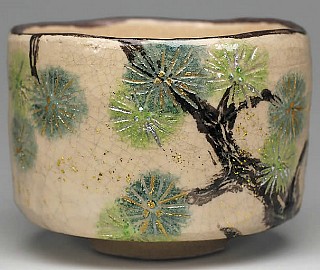
Raku ceramics originally gained fame in Japan before spreading across the world.
It is known that during the 16th century, the Japanese tea master, Sen no Rikyu started to make
These tea bowls had a seal that bore the Chinese character for ‘raku’, which can mean ‘ease’ or ‘enjoyment’ and so became the name for that type of bowl.
The Raku name and ceramic style
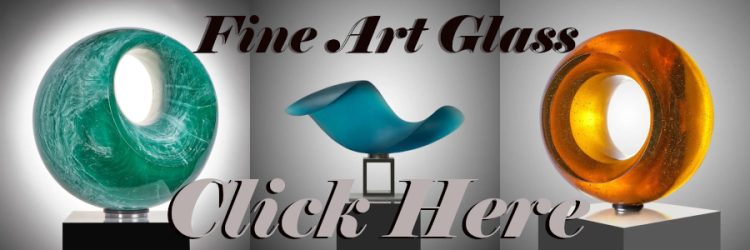
Raku Fired Pottery
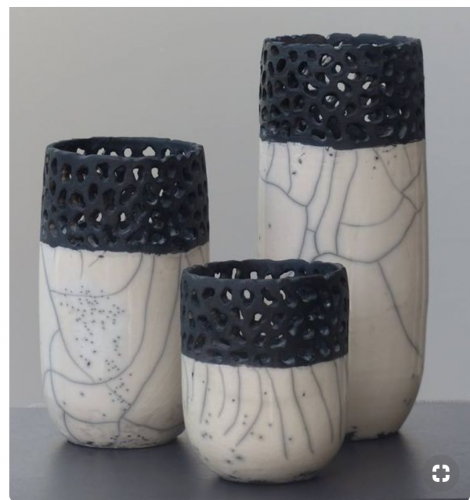
Unlike normal pottery firing, where the pieces cool down slowly in the kiln and are removed with gloves, the Raku process means the pots are removed while they are at their maximum temperature.
In traditional Japanese Raku firing, the pots are removed while still glowing from the heat and put directly into water or allowed to cool in the open air.
As the pots are fired at a lower temperature of 800 to 100 degrees, the Raku does not crack when it is put in the water and remains porous.
Type of Clay and Glazes used for a Raku Firing
In theory, any sort of clay can be used for Raku although specific Raku clay can be bought and generally gives the best results. Another important factor when creating Raku ceramics is to consider the types of glazes.
Raku is a low-fire kiln process, which means that pretty much any low-fire glazes should give good results. The glazes usually contain metal oxides so they are just for decorative purposes and are not used to create cups or plates.

Raku Ceramic Art
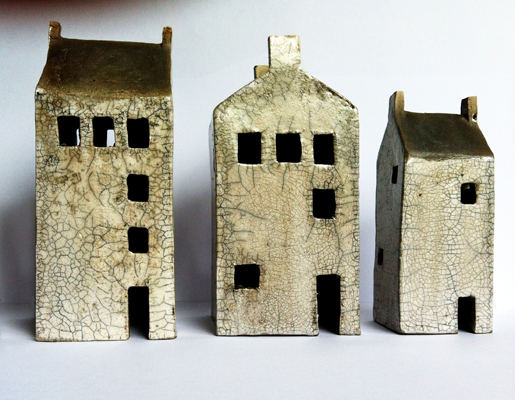
Ceramic raku art, and in particular Japanese Raku, utilizes smoke and fire in the Raku kiln to create an unpredictable and unique style. After rapid removal from the kiln, the pots are covered with inflammable materials such as sawdust to produce the characteristic cracking effect. Also, the glaze colours take on a more metallic appearance.
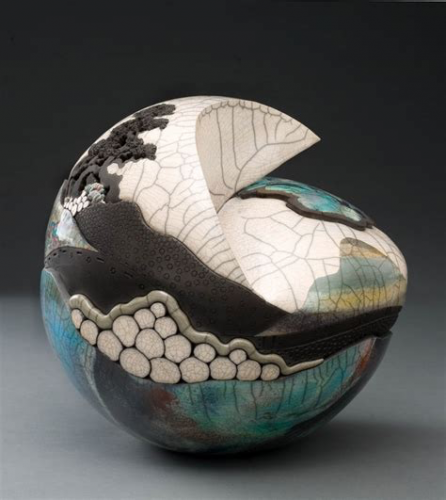
The unique and unpredictable results form the basis for its name ‘Raku’ which means “happiness in the accident.” It is also thought to derive from the Japanese characters for “ease” or “enjoyment”. Artists who utilise ‘Raku’ pottery firing may say their work is ‘accidental’ but do not be fooled by their humility. A huge amount of skill and craftsmanship is involved in creating Raku. Unsurprisingly, Raku ceramics are incredibly popular with lovers of art and interior design.
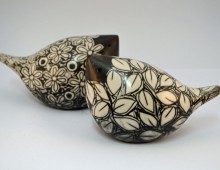
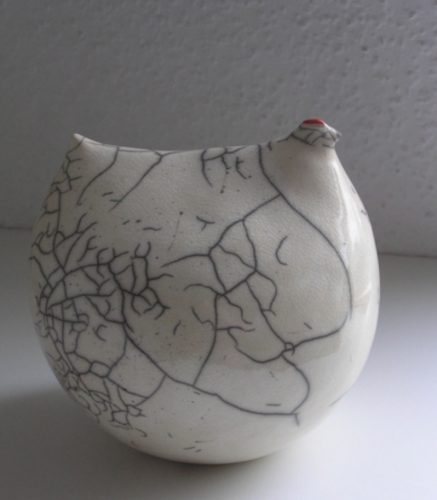
Raku Ceramics – Chicken by Carola Puister
Raku Ceramics – Birds by Debbie Barber
